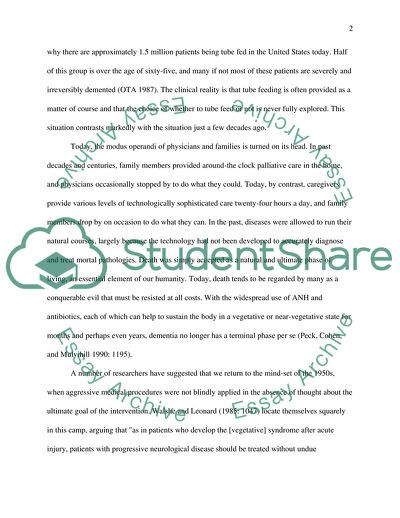Cite this document
(The Use of Artificial Nutrition and Hydration in Terminally Ill Coursework, n.d.)
The Use of Artificial Nutrition and Hydration in Terminally Ill Coursework. Retrieved from https://studentshare.org/medical-science/1702950-the-use-of-artificial-nutrition-and-hydration-in-terminally-ill-patients
The Use of Artificial Nutrition and Hydration in Terminally Ill Coursework. Retrieved from https://studentshare.org/medical-science/1702950-the-use-of-artificial-nutrition-and-hydration-in-terminally-ill-patients
(The Use of Artificial Nutrition and Hydration in Terminally Ill Coursework)
The Use of Artificial Nutrition and Hydration in Terminally Ill Coursework. https://studentshare.org/medical-science/1702950-the-use-of-artificial-nutrition-and-hydration-in-terminally-ill-patients.
The Use of Artificial Nutrition and Hydration in Terminally Ill Coursework. https://studentshare.org/medical-science/1702950-the-use-of-artificial-nutrition-and-hydration-in-terminally-ill-patients.
“The Use of Artificial Nutrition and Hydration in Terminally Ill Coursework”. https://studentshare.org/medical-science/1702950-the-use-of-artificial-nutrition-and-hydration-in-terminally-ill-patients.


